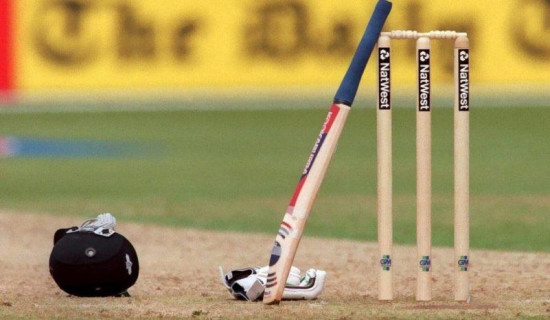- Monday, 15 December 2025
On Mob Psychology
The phenomenon of mob psychology, or crowd psychology, or herd mentality, is an integral approach to understanding how human behaviour is influenced by society. Mob psychology refers to the study of how an individual within a group adopts thought patterns and behaviours that are different from their own. In fact, being part of a crowd brings changes to an individual’s psychological functioning. Additionally, it leads to collective violence in most cases, disturbing the social order
Studies show three major reasons for this emergence of violence. Firstly, individuals often lose their sense of accountability, as they remain anonymous and tend to believe that they won’t face the consequences of their actions, which are destructive to social harmony and obstruct public tranquillity, such as riots and violent protests. Furthermore, deindividuation, which is the loss of self-identity and individuality, also occurs as a result of being part of a crowd, eradicating rationality and moral ethics.
Thirdly, we revisit history to the Greek philosopher Aristotle’s rhetorical triangle of persuasion, consisting of the elements of ethos, pathos and logos. Ethos appeals to credibility. When the crowd has a trustworthy leader, it is convenient to trust their beliefs and people are more likely to follow their instructions. Pathos, the most significant element, appeals to emotions. Emotional appeals create a sense of collective feeling and unify crowds, making them more prone to showing violent behaviour. Pathos further makes it easier for them to justify their actions as a natural response.
Logos is the element of logic. Although less dominant, mob psychology may create false logic to justify its actions. One example is the attack on the US Capitol on January 6, 2021, following the 2020 US elections. The supporters of Donald Trump, convinced of electoral fraud and with firm belief in his credibility (ethos), were driven by emotions (pathos) and tried to justify their actions with unsupported logic (logos), marking the attack in modern US history.
Credible but unseen leaders remain outside of the public eye, manipulating the emotions of people to participate in violence, causing social disruptions. After the chaos has ensued, there is now a wave of justification, creating an illusion that these riots were important for the big picture of the nation. In hindsight, violent and deadly protests were justified as patriotism.
According to a study on German people and the Holocaust, the theory of herd mentality explains a majority of the events leading to World War II and the Holocaust. Adolf Hitler’s anti-Semitic views stemmed from the hardships that Germany had to endure after the Treaty of Versailles; his rise to power then provided the Germans with a leader whom they could follow. Thus, there were millions of Germans, driven both by fear and nationalistic hope, who supported their leader in catastrophic acts of violence.
What may begin as a collective emotion for betterment may quickly lead to collective violence. However, proper regulation is necessary at every level to avoid violence. Firstly, people should be well educated about maintaining personal responsibility to avoid deindividuation. This can be achieved by teaching media literacy, civic responsibility and normalising disagreeing opinions within groups for healthy creation of ideas. In addition, the violent consequences of mob psychology can be reformed through a change in the legal framework to avoid laws supporting violence, hidden behind the demand for freedom. When the crowd roars, it is only awakened consciousness that can prevent the storm, to choose reason over rage.

















